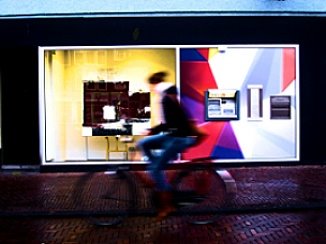 |
| The House of Doll 2011 |
Enter into De Tunnel and follow a new style for photojournalism, searching for new ways to present and colour stories. There are many ways to make a transition and a journey. De Tunnel is just one of these routes.
De Tunnel is about forward direction. It uses today's photojournalism to reflect on today’s societies.
Issues relative to the lives of people and which reach out to Europe's citizens can be examined, debated and brought forward to join the polictical agenda.
 |
| Music is playing in the forests. Swans are part of the house roofs. Art is everywhere. Pictures top right-bottom: Neuss Dusseldorf, Oranjewoud , Den Haag |
Society today is recovering from a decade of indulgence. What was previously reserved for the rich became saleable to the ordinary person. Houses became easy commodities to be bought and sold without regard for market truths. It was a time of raising stress levels and challenging the tradition of community. People’s eyes were coloured by the luxury of easy wealth and debt. By 2008 an era of private wealth for the common man was over. Austerity arrived around the corner with a new uncertain face on the future. Picture above a sculpture by the Icelandic singer Björk next to a shop window in Brussels. Iceland suffered from the banking crisis. Below it, a coloured home in a Gronining museum Netherlands.
 |
| The Banking crisis brought the reaper to the door of nations and citizens alike. It was the deepest recession sice the 1930's. (click on pictures to enlarge) |
Since the fall of Communism in 1989, poverty in much of eastern Europe has increased. Historians and economists blame the legacy of Communism for much of the poverty in these countries.
The fall of Communism ended a political and economic system in which all people had been virtually guaranteed jobs and basic needs, such as food and housing. Sudden uncertainty about the future led to decreases in the value of currencies in all formerly Communist countries. Wars and instability ravaged many of these countries. In the most devastating conflict, the former Yugoslavia erupted in violent civil war in 1991. In several formerly Communist countries, political and economic upheaval has led to a wide array of problems, including a dramatic increase in the number of orphaned children. The high number of orphans has stretched the capacity of orphanages, and many orphans live in extreme poverty and suffer from malnutrition, disease, and starvation.
The number of people living in extreme poverty in these areas grew from 1.1 million in 1987 to an estimated 17.6 million in 1998.
Nowadays 2011, approximately 116 million EU citizens are living below the poverty threshold, or in social exclusion. The situation is especially aggravated by the fact that more than 20 million of them are children.
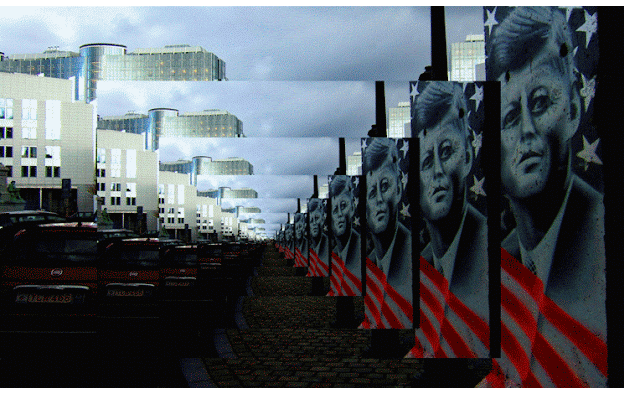


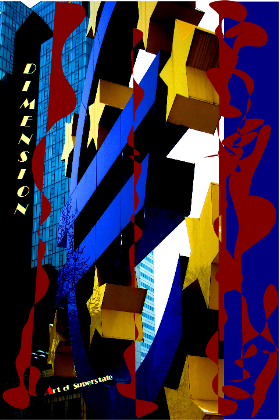
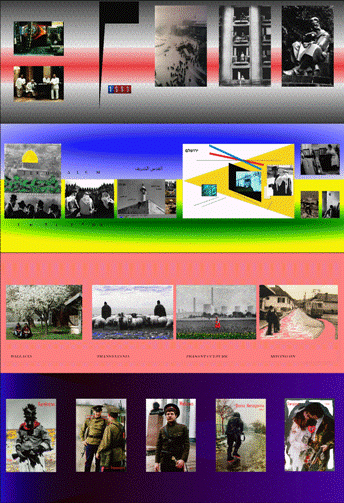
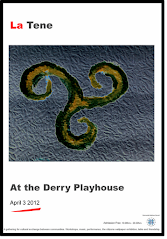










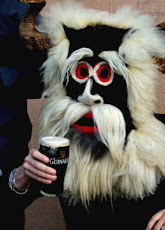

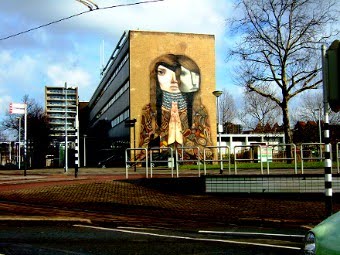
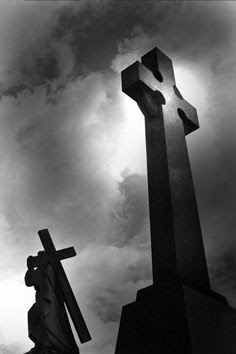
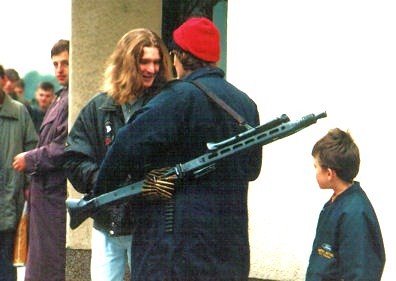
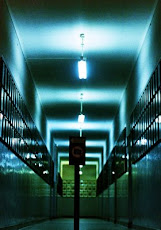.jpg)

